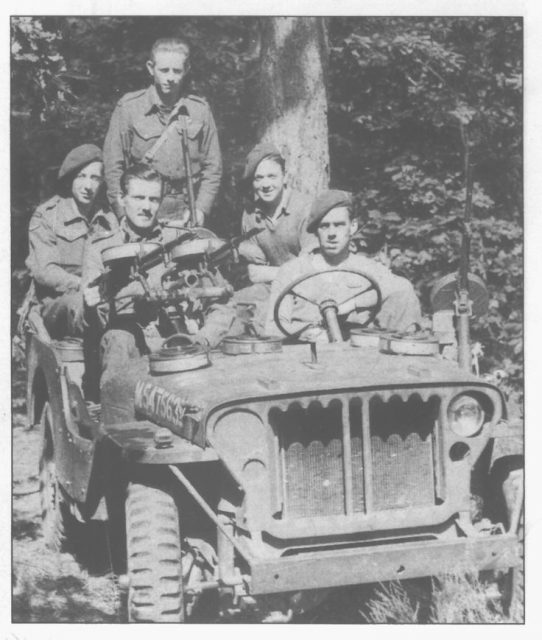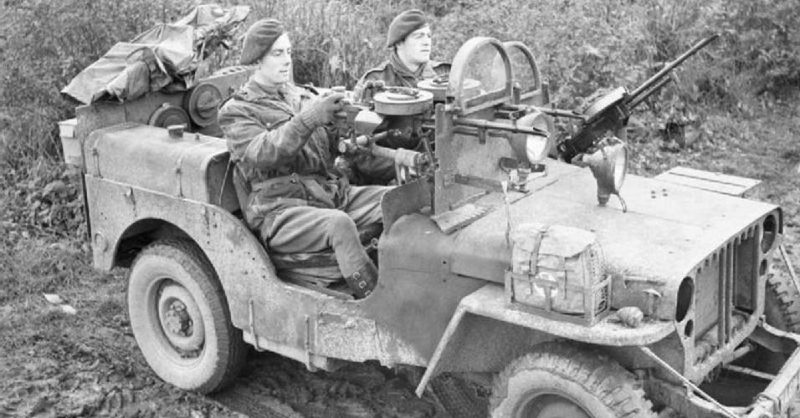The Special Air Service has been talked about in whispered voices for 75 years. What it accomplished in World War II has barely been recognized, its secretive nature overwhelmed by the exploits of huge armies, battleships, tanks, heavy bombers, and submarines.
The archives of the SAS have only recently been opened. Ben Macintyre makes great use of his access to the material to write “Rogue Heroes.” In it, he tells the tale of how a small group of men used their inspiration and idealism to turn sabotage into deadly combat, changing the future of warfare while turning the path of history.
Macintyre tells of heroes, tactics, code names, and raids. They used small groups that moved in quickly and retreated just as fast. They used movement and deception to their advantage. Working behind enemy lines, they disrupted the enemy’s plans and wrecked their war machines, hurting their confidence and ruining their strategies.
Some of their exploits included driving for five days through the desert and using explosives to hit the enemy in places they didn’t realize they were vulnerable.
Here are a couple of illustrations from the book:
“A burst from a Tommy-gun swept the unsuspecting enemy card players and drinkers at the bar. German drinking songs turned to shouts of horror. Those who weren’t killed or wounded tried to make for the doors or windows. They were mown down before they had gone a yard.’’
“Suddenly the air was fizzing with bullets.’’ They destroyed more than 60 German planes over a two-week span. To accomplish their missions they frequently lived off the land, occasionally drinking their own urine or eating lizards to survive.

The book is divided into the “War in the Desert” and the “War in Europe.” It places fascinating details within the context of the overall story. For example: “War is not a science: it frequently fails to achieve the intended result, or finds success by accident; it kills the wrong people and spares those fully ready to die.’’
This does not detract from the action. The ferociousness of the SAS is a testament to why Hitler saved the special vitriol for the group. At one point, SAS men snuck into a German airfield with 20 bombs each. They planted the bombs beneath the planes and threw a grenade into a guardhouse with 20 German soldiers. It was clear that the SAS was its own army, fighting a new type of war.
The Germans eventually grew wise to the SAS tactics and increased security. The SAS countered by using multiple jeeps with machine guns, sometimes moving in with two lines of seven firing a mix of armor-piercing and incendiary bullets.
The jeeps were airdropped into battle zones. The vehicles were specially fitted with four gas tanks – enough to drive 1000 miles. The SAS soldiers traveled a wide range, working with the French Resistance and the US 7th Army, attacking Axis fuel depots and military installations, The Boston Globe reported.
The SAS soldiers in WWII were gentlemen and romantics, but the later stages of the war required more and more brutal forms of fighting. The technique they pioneered didn’t go out of style with the end of the war. It’s the way we still fight today.
